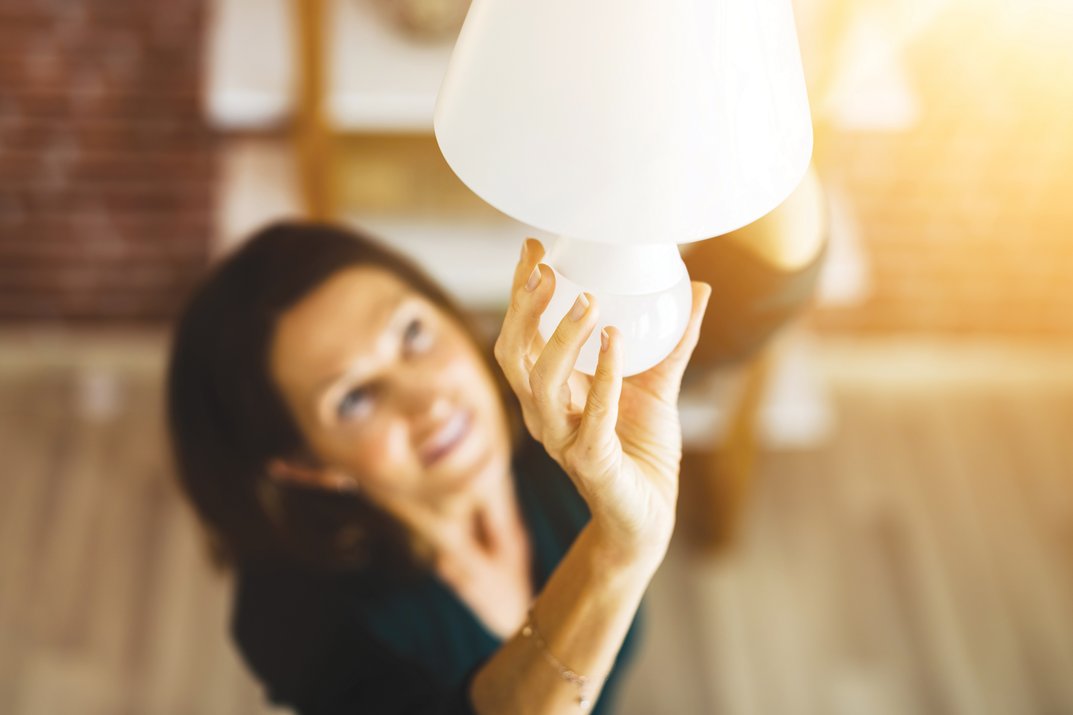
Whether you own or rent the place you call home, ensuring that it’s energy efficient can help you save money, increase your comfort and contribute to improved indoor air quality. It’s also better for the planet. To help you make choices that will trim your monthly expenses and reduce your carbon footprint, Freddie Mac is offering the following tips:
Find a professional
When house hunting, your realtor can help you learn about the current energy usage of the homes you’re interested in purchasing. If you’re explicitly looking for green housing, it’s helpful to work with a professional with specific expertise or credentials in this area.
Whether you’re in the market to buy or rent, basic energy- and water-saving features to check for when visiting properties include good insulation, properly sealed doors and windows, smart thermostats, low-flow or dual-flush toilets, high-efficiency or tankless hot water heaters, and front-loading washing machines. The ENERGY STAR and WaterSense labels are good indicators that the property, and the appliances within it, are designed with efficiency in mind. You should also consider which direction the building faces and whether it’s shaded. The amount of direct sunlight your potential home receives can have a large impact on your HVAC needs.
Make updates
There are many steps you can take to improve your home’s energy and water efficiency. If you’re unsure where to start, consider referencing the Department of Energy’s data-driven tools and calculators. You could also hire a professional to perform an energy audit. This will pinpoint where you’re losing energy and what renovations will save you money.
Some quick DIY updates to make right now include caulking window casings, weatherstripping doors, replacing incandescent light bulbs with CFLs or LEDs, and installing low-flow faucets and showerheads. Additional money-saving updates include installing a smart, programmable thermostat, replacing older appliances and installing a tankless hot water heater.
Renting? Reach out to your landlord to determine what updates they’re willing to make. You may not be allowed to make permanent changes, or interested in making investments in someone else’s property, but energy-saving habits, such as washing clothes in cold water and adjusting the thermostat when leaving town, can help.
Save money
You may be asking yourself whether all this effort is worth it. The answer? Up-to-date, energy- and water-efficient technologies can save you 20% to 30% on your bills. And because today’s savvy buyers are looking for a home that will be kind to both their wallet and the environment, efficiency improvements can also boost resale value. In fact, Freddie Mac research found that homes with high energy-efficiency ratings sold for 2.7% more on average than unrated homes.
Fortunately, there are programs available, such as Energy Efficient Mortgages, to help finance these improvements upfront. With the understanding that reducing home utility costs places families in a better financial situation and helps preserve home affordability over time, Freddie Mac offers GreenCHOICE Mortgages that can be applied to a new home purchase or a no cash-out refinance and can be used to cover basic energy efficiency improvements up to $6,500 without the need for an energy report. With a GreenCHOICE Mortgage you can borrow up to 15% of the home’s “as complete” appraised value to pay for basic energy and water efficiency improvements. Speak with your lender about the financing options available to you and which may best suit your needs.
There are no doubt long-term savings and gains to be reaped from greening your home. And thanks to new programs, paying for these updates is easier for more American families.
This article is courtesy of Statepoint.